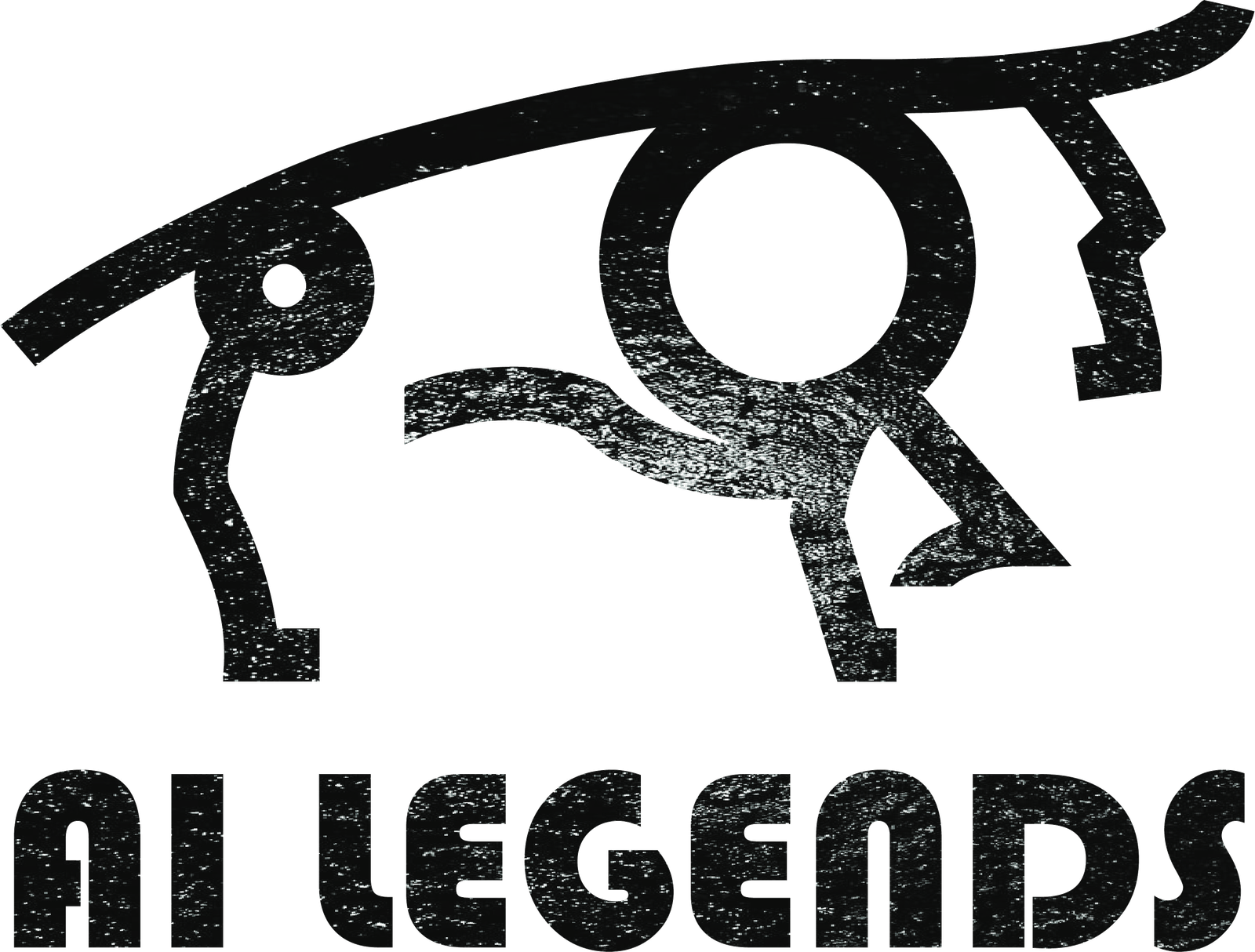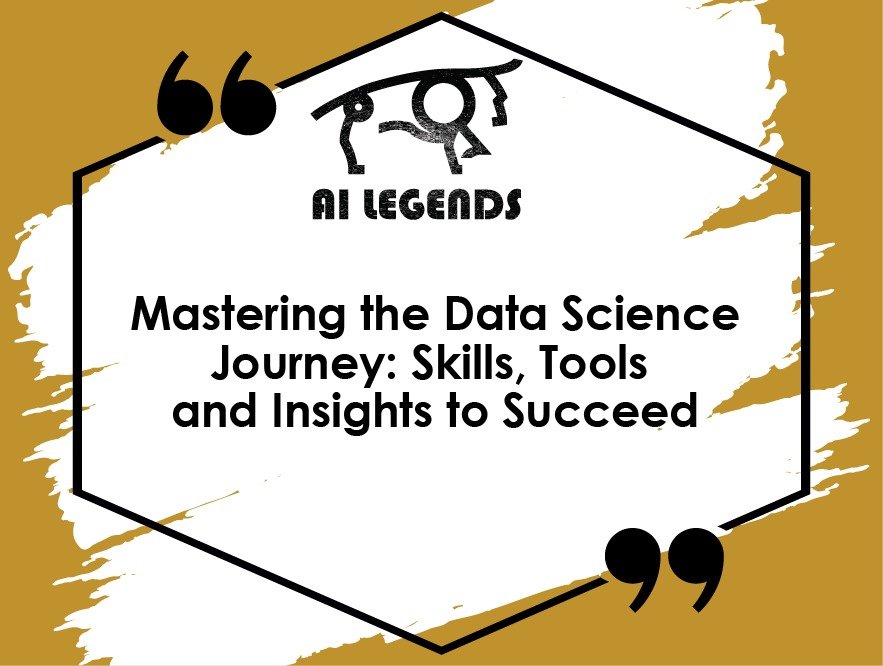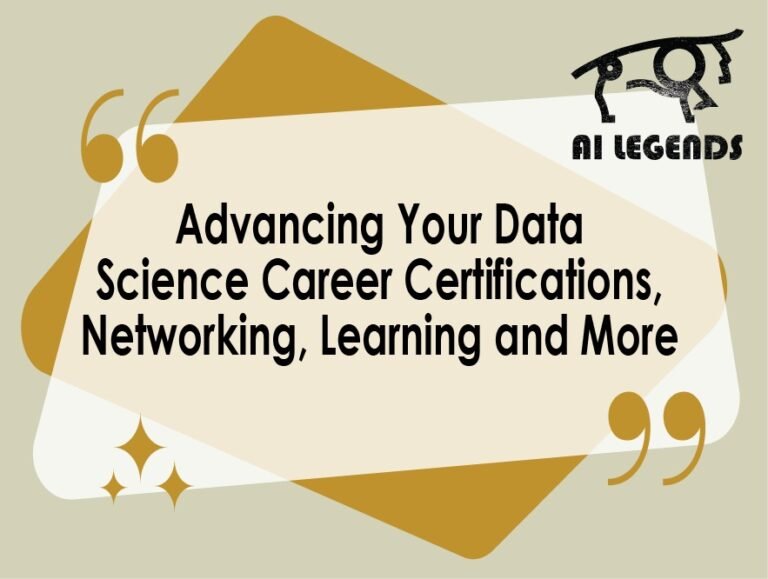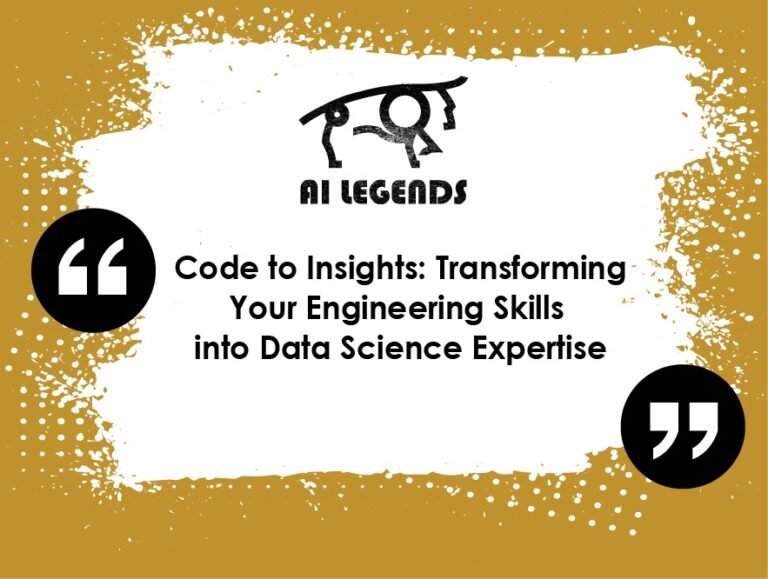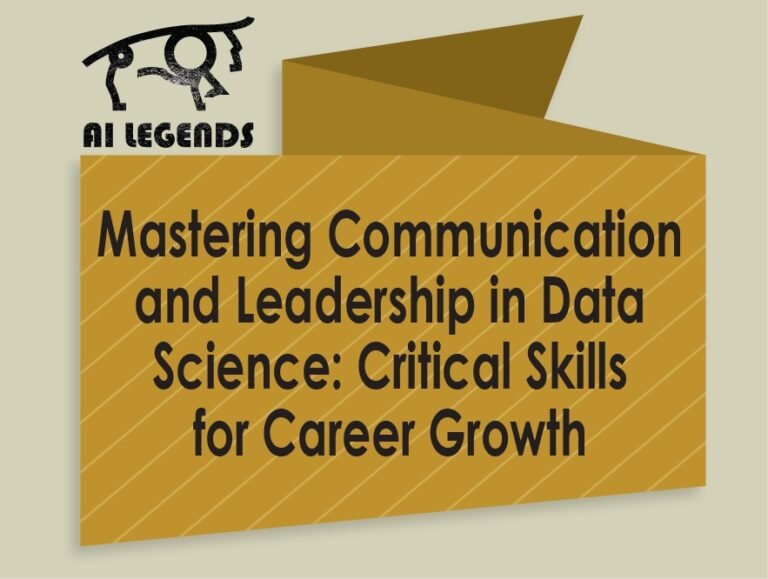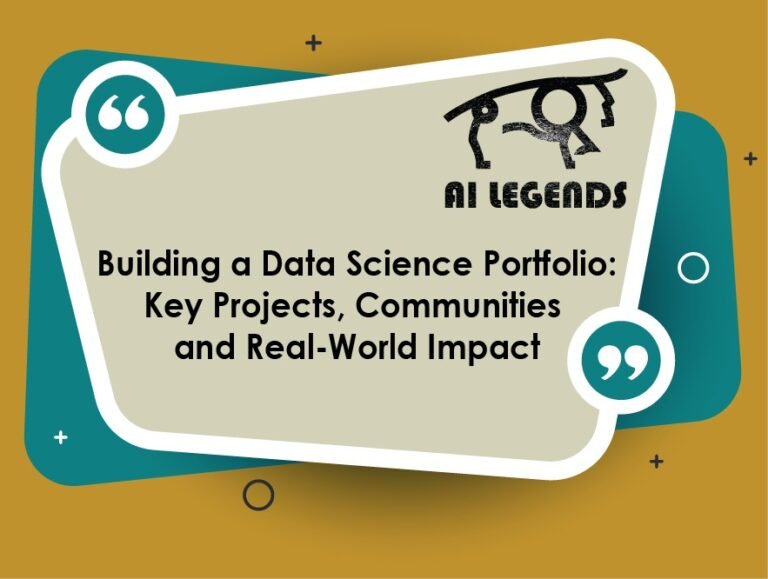Mastering the Data Science Journey: Skills, Tools, and Insights to Succeed
Data is more than just numbers in this digital world; it makes decisions, sparks new ideas, and changes businesses. The answer is simple: data science. It’s how businesses predict trends, make operations run more smoothly, and even help you find your next favorite TV show.
But how do you become a good data scientist in an area that quickly changes? When you want to become a data science expert, knowing how to code is not enough. You must combine your curiosity, imagination, and professional knowledge to find ideas to change the world.
This article discusses the essential skills you need, the best ways to get educated (degree vs. certification), the computer languages that will make you stand out, and how to work on machine learning and data visualization—prepared to jump in? Allow us to leave!
The Secret Sauce: Required Skills for Every Data Scientist
So, what characterizes an excellent data scientist? Sure, technical competence is essential, but the finest data scientists possess diverse abilities that extend beyond coding. Here’s everything you need to succeed.
1. The power of problem-solving and curiosity
Data science is about solving issues, not just problems, but real-world challenges. The first step in learning to anticipate sales, improve customer service, or uncover fraudulent conduct is to ask the proper questions. Great data scientists have an insatiable desire to know how things function and how they might be improved.
Your day-to-day may include discovering patterns in enormous datasets. Still, it all begins with defining the issue you’re attempting to address and ensuring that your analysis is focused on the correct answer. Critical thinking and a solid analytical mindset are your greatest allies here.
2. Mastering the mathematics behind the magic
Every machine learning model and algorithm includes math—but don’t worry, it’s not as intimidating as it seems. You don’t have to be a math whiz, but solid statistics, probability, and linear algebra knowledge can help you develop accurate models. Think of it as your work’s template. Whether testing hypotheses or developing prediction models, math provides the framework for confident data-driven judgments.
3. Communication: the art of data storytelling
The capacity to convey meaning via data visualization is a talent that is often undervalued in the field of data science. The mark of a top data scientist goes beyond simple figure crunching; they can make sense of complex data and draw conclusions that everybody can grasp. Whether addressing a group of marketing professionals or a boardroom full of executives, your ability to convey complicated concepts straightforwardly and effectively will set you apart.
Data narrative and visualization are valuable tools for this purpose. You will discover how to take your audience on a data tour rather than just display charts, showcasing important insights, trends, and forecasts.
Degree or Certification: Choosing the Right Path
You may wonder whether a formal degree is required or if online qualifications would suffice. It’s a genuine question; the answer isn’t cookie-cutter. Let’s look at it in more detail.
The traditional degree: pros and cons
A formal degree in data science, statistics, or computer science will help you understand the field’s fundamental ideas. You will delve deeply into theoretical issues and have the ability to work on large-scale projects. Furthermore, obtaining a degree might help you create a professional network and get access to internships and research opportunities.
However, degrees take time—typically 2-4 years—and may be costly. A degree may not be the quickest method to learn relevant skills or enter the sector.
The flexible certification route: learn and focused learning
The flip side is that getting your certification online is an excellent method to get practical skills quickly, easily, and cheaply. If you want to study Python, machine learning, or SQL, among other skills companies seek, there are plenty of options on platforms like DataCamp, edX, and Coursera.
For anybody looking to get their hands dirty with actual projects, a certification is a great way to get the practical, hands-on experience they need. It might be the best option if you want to study independently and have a strong sense of direction. In addition, certification programs offered by major IT companies (such as Microsoft, IBM, and Google) are highly regarded in the sector.
Programming Languages to Prioritize: The Backbone Of Your Data Science Toolbox
The key to success in data science is having the correct tools at your disposal, and the most crucial of these are your programming languages. Listed here are the three most important:
1. Python: the ultimate Swiss army knife
Python is the most popular data science programming language. Its ease of use, clarity, and powerful libraries (such as Pandas, NumPy, Matplotlib, and Scikit-learn) have made it the preferred language for anything from data manipulation to machine learning model development.
Python is very flexible, with applications including data analysis, web scraping, automation, deep learning, and interactive visualizations. Python includes a utility for dealing with both large and small datasets.
2. R: The statisticians’ choice
Python is an all-rounder, but R is a statistical powerhouse. R is a very effective data analysis tool, particularly in healthcare, social sciences, and academics. Regarding complicated statistical analysis, R excels thanks to tools such as ggplot2 for visualization and caret for machine learning.
3. SQL: query like a pro
The database language is SQL (Structured Query Language). Data scientists must be proficient with SQL to extract, filter, and modify data from relational databases. Even if you’re working in Python or R, you’ll often need to utilize SQL to extract data before analyzing.
Machine Learning: Algorithms That Power Real-World Applications
Data science is more than data analysis; it is also about predicting, categorizing, and optimizing data. Here’s a quick overview of the most essential machine learning algorithms.
1. Linear and logistic regression
These algorithms provide the cornerstone for predictive modeling. Linear regression predicts continuous values, while logistic regression is used for categorization problems (such as predicting if a client would leave). They’re basic yet effective, and understanding them well is essential.
2. Decision trees & random forests
Decision trees are intuitive models that divide data into branches to make predictions. They are simple to understand and envision. You can boost accuracy further by using Random Forests, which mixes numerous decision trees to avoid overfitting and improve performance.
3. Support Vector Machines (SVM)
SVMs are ideal for classification tasks, particularly in high-dimensional spaces such as text or picture recognition. SVMs function by determining the optimal boundary (or hyperplane) for dividing data into discrete groups.
4. Neural networks & deep learning
If you’re dealing with unstructured data such as photos, video, or natural language, neural networks and deep learning algorithms are essential. These models mirror how the human brain processes information and serve as the basis for cutting-edge technologies such as computer vision and natural language processing.
Data Visualization: Turning Data into a Story
Your analysis will only be practical if you can adequately convey your results, regardless of their complexity. This is where data visualization comes in.
Tools of the trade: Tableau and Power BI
The most popular tools for making dynamic, visually appealing graphs are Tableau and Power BI. You can drag and drop data into these tools to create beautiful visualizations that anyone, from researchers to leaders, can easily share and understand.
Mastering Python Visualization Libraries
Use Matplotlib, Seaborn, or Plotly to make your graphics even better if you know Python. These tools give you many simple, dynamic, and unique ways to create charts, graphs, and maps.
Keep it simple, keep it clear
The easiest ones are the best for visualizing things. Make things clear using visuals that draw attention to the most essential ideas. You should give your viewers only a little information at a time. Instead, take them through the data one step at a time.
Your data science adventure awaits
Getting into data science is an exciting and fulfilling adventure. Whether you go for a formal degree or a chill certification path, the key is to keep learning. Data science keeps changing, and curiosity helps you stay on top.
Alright, take a deep breath, grab your laptop, and enter. You can quickly transform data into essential insights with the necessary abilities, a positive mindset, and a little ingenuity. Hello, the world of data science is waiting for you—let’s dives in and discovers it together!
